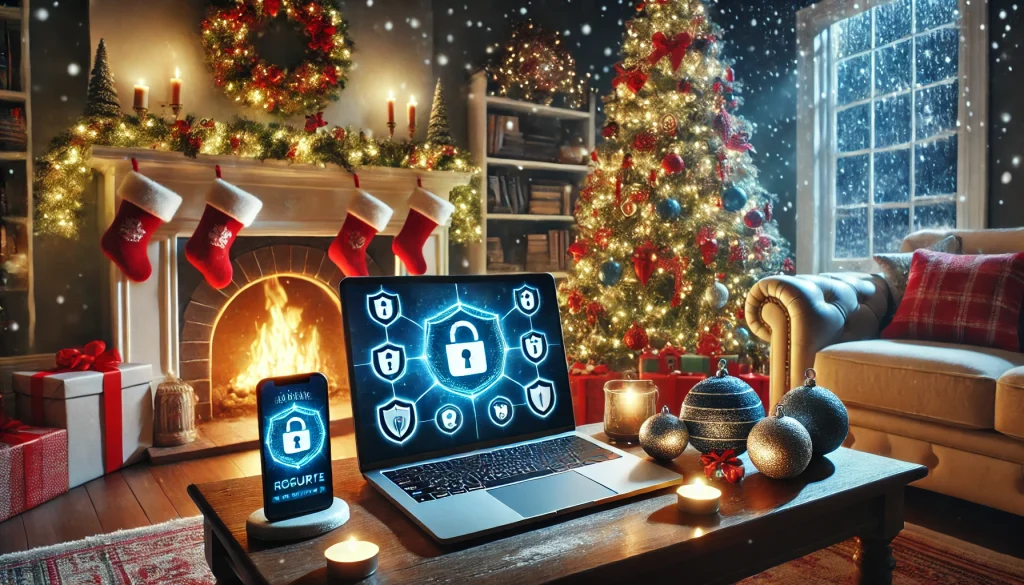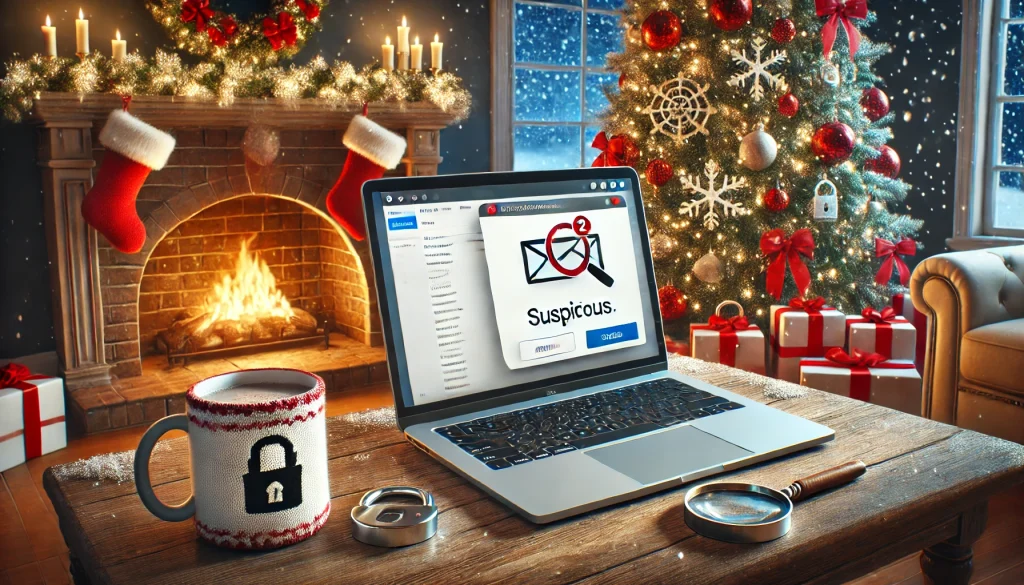Day 15 – Educate Yourself About Common Online Scams
Why Educating Yourself About Online Scams is Crucial Online scams are one of the most prevalent tactics used by cybercriminals to steal personal information, money, or gain unauthorized access to accounts. These scams often prey on individuals’ trust, fear, or lack of awareness, using deceptive tactics such as fake emails, fraudulent websites, or bogus customer […]
Day 15 – Educate Yourself About Common Online Scams Read More »










